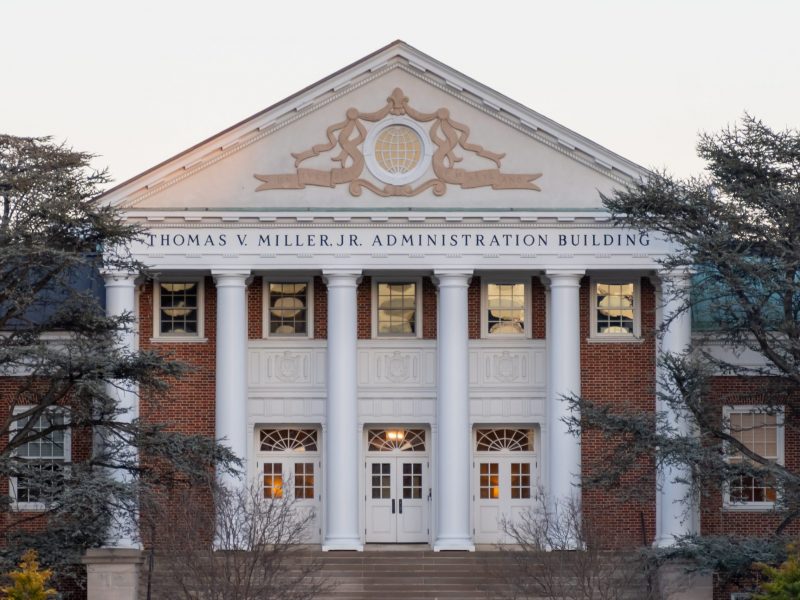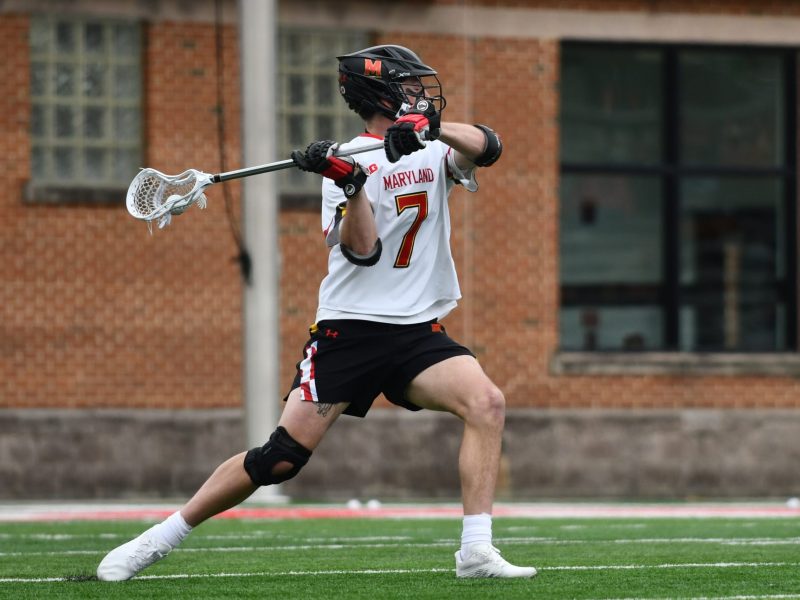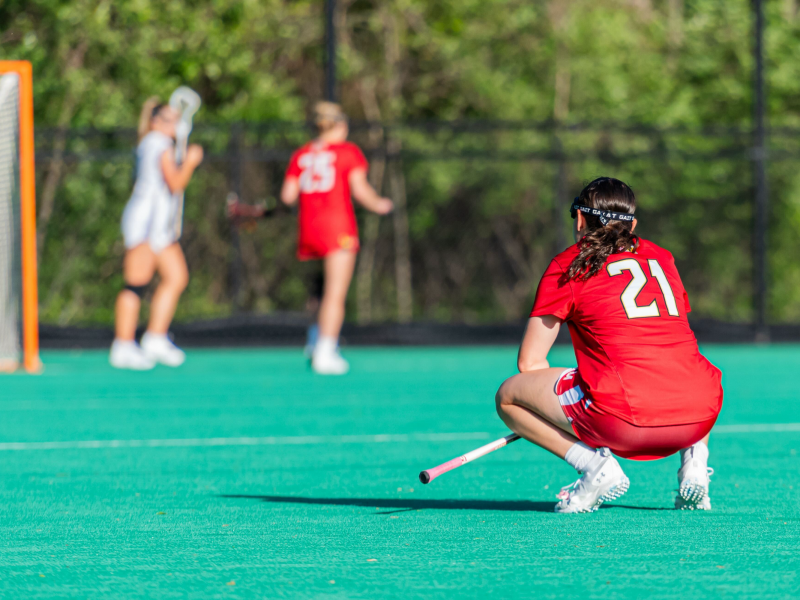By Jeff Amoros
For The Diamondback
When Paralympics superstar and current president of America’s Athletes with Disabilities David Williamson tried to begin his lecture on physically disabled athletes for the KNES 287: Sport and American Society class he visited Tuesday, he couldn’t reach the podium because it was on a platform with no wheelchair-accessible ramp. He humorously lamented the absence of a ramp and then pressed a button on his wheelchair, raising himself several inches above the audience. The lack of a ramp was merely the latest in a series of obstacles he has overcome as a paraplegic athlete.
Winner of 42 gold medals in international competitions for disabled athletes, including the Paralympics, Williamson spoke to roughly 120 students about the history of athletics for the physically disabled and the daily challenges that face the physically impaired.
Williamson made history as a wheelchair competitor in various sports, including the pentathlon, shot put, javelin, discus, basketball, swimming and track. He set or broke eight world records and won more than 100 gold, silver or bronze medals in national and regional competitions from 1963 to 1983. During that time, he won the national wheelchair slalom – a skiing race – eight times in nine years, and became the first of six wheelchair racers in the Boston Marathon.
However, Williamson didn’t focus on the glory of athletic triumph, but instead focused on the difficulties confronting physically disabled athletes.
“When I was in college, I was one of six wheelchair basketball players on a campus of over 22,000,” Williamson said.
During the lecture, Williamson showed students four videos about physically disabled athletes and athletic competitions. He contrasted the various opportunities for able-bodied athletes with the relative lack of opportunities for disabled athletes of all ages.
The list of difficulties for disabled athletes included buying equipment such as prosthetics and wheelchairs, fighting society’s often negative attitudes or beliefs and finding opportunities for physically disabled athletes who want to compete on the recreational level.
He noted the significance of the exposure given to the physically disabled through the Paralympics.
“Two words – awareness and integration,” Williamson said of the event’s importance.
Williamson also mentioned several times the large number of youth between the ages of 18-26 who become physically disabled.
Williamson told an anecdote about a deaf Hawaiian Little Leaguer who was chosen to represent his league in the Little League World Series to illustrate the hardships even young athletes experience. Before the boy could compete in a game, however, the World Series’ governing body refused to allow the player’s father to sit in the dugout with him because there could only be a maximum of three coaches in the dugout. The boy’s father needed to be close to his son to interpret what was going on around him through sign language. The youth’s family sued the Little League World Series for discrimination. The case is still in court.
“The bottom line is that he earned a spot – all he needed was someone to tell him what was going on around him,” Williamson said.
“Its kind of incredible, all the stuff he’s done in the wheelchair,” said freshman kinesiology major Danny Lopez, an audience member.
Kinesiology professor Jaime Schultz said he invited Williamson to her class because it fit right in to the course material about social problems, pressures and institutions.
“I thought this was really important since not many people are aware of these activities and the obstacles the athletes face,” Schultz said.
Contact reporter Jeff Amoros at newsdesk@dbk.umd.edu.


